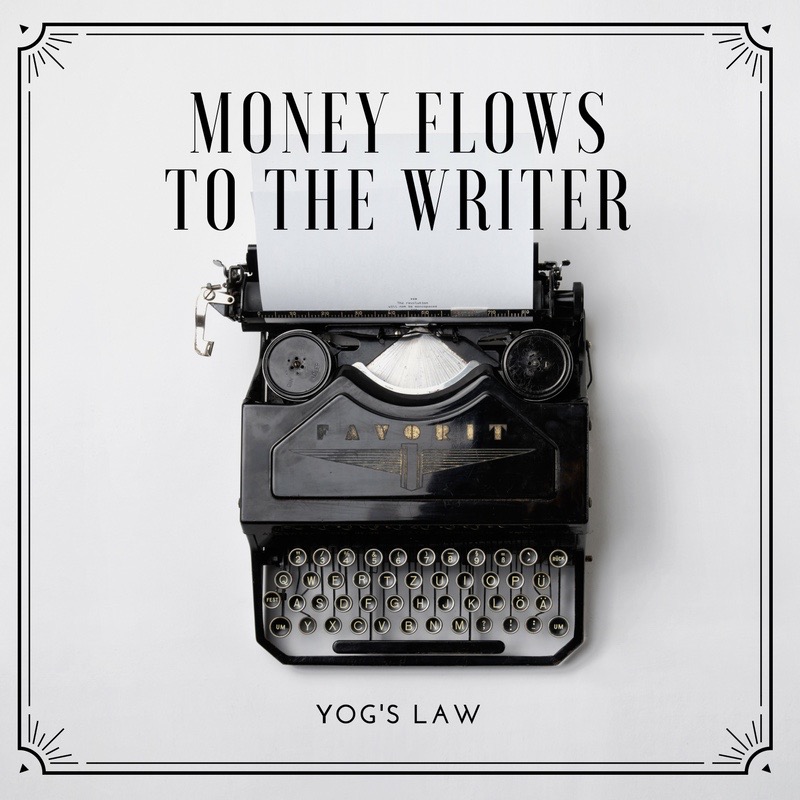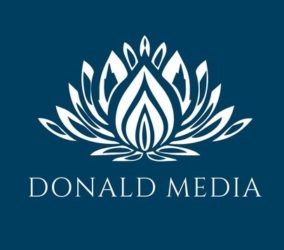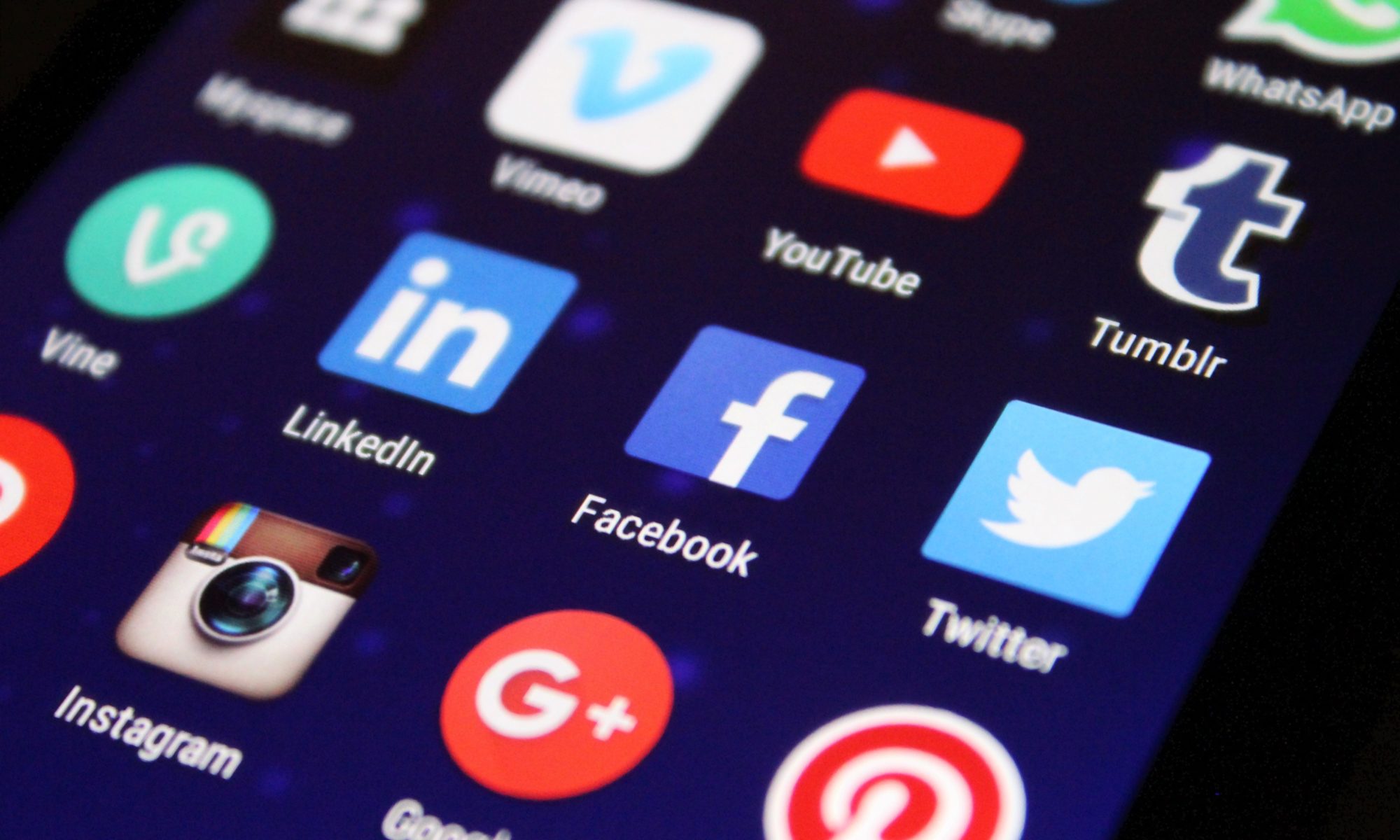Once again Medium is changing things, and I’m trying to parse out what it means for those of us earning a (paltry) living on Medium.
Some time ago, Medium declared that one could only be part of the Medium Partner Program (i.e. writers who get paid by the click as opposed to providing content for exposure!) if you had a minimum of 100 followers. I was definitely under that number and figured it would be impossible to get that total by the deadline. I was absolutely floored when the followers poured in and I went sailing past the limit within hours. I still get a little verklempt when I think of that response, coming as it did at a time when I really needed the affirmation more than the tiny check I get from Medium each month.
Now Medium is changing the program again, and one of the things getting kicked to the curb is the 100-follower minimum. Please don’t unfollow me! Instead, anyone who wants to be part of MPP has to be a paying member of Medium.
To be honest, I thought we already were required to pay the $50 minimum. For some that’s going to be tough, as Medium isn’t exactly cheap. But I don’t necessarily object, since I’m already doing it. Note that existing MPP writers will be grandfathered in, but I wouldn’t expect that to last forever.
They’re also expanding to 12 more countries with another 50 or so by the end of the year. People in those countries could always publish with Medium, but now they can get paid, and you all know how I feel about writers being paid for their work. I’ve never had enough readership on Medium to make serious money, but I appreciate the platform and its simplicity.
However, I’m leery of the next part: they’re once again changing the formula on which we get paid. It’s supposed to be how much time members spend reading our stuff, which I always felt unfairly stiffs poets and others who write very short works, and doesn’t take into account the incredibly short attention span of the average internet reader. (Here’s where that media studies MS comes out to play.) The average time a reader spends on a click is three seconds. Seriously, if you don’t catch them in the first three seconds, you’re out of luck.
Well, Medium’s going to keep tracking reader engagement when calculating our earnings, but now they’re also going to factor in other engagement: claps, highlights, replies, and follows. For now it’s only the first engagement that gets counted, but if you want to help out the writer of the awesome piece you’re reading, give ’em a clap (you know what I mean, cretins) or otherwise engage beyond simply taking your time reading, so they get paid more. “Bouncing from a story before reading it for 30 seconds will prevent earnings from accruing for that member,” the policy reads. Thanks?
Stories that get boosted will get a bonus. I don’t actually know how someone gets boosted, but obviously I need to pay more attention to the various options on Medium. And they’re discouraging clickbait by adjusting earnings based on read ratio, defining the latter as people who read the story for 30 seconds or more. Now go back up to that MS theory bit. Thirty seconds is a very long read for the internet. Medium claims they’ve tested this on the poems and comics and it hasn’t impacted them, which I find staggeringly unlikely.
Other aspects of the algorithm: we’ll get boosts for readers who comment (which means commenting on the story itself, not on the Facebook share!), readers who are existing followers of the writer or publication, and so on.
They’re also getting rid of the referral bonus, pretending this program “degraded the reading experience.” Look, Medium, we get you’re a business. You can just say it was costing you more than it was worth and we’ll respect that more than pretending this is about the “reading experience.” We’re in business together, as professionals, so be straight with us.
Whenever this sort of thing happens, I pretty much figure I’m going to get paid less. It’s also why I have not adjusted any of the settings on my Patreon, as I’d have to give up my grandfathered “founders” program and would undoubtedly lose money. The last Medium adjustment was right after I started writing for Medium, so I didn’t have a long history to gauge it, but I definitely saw a drop in my earnings. But I still find it a useful platform for my essays, which might range from musings on journalism and the writing life to interviews with smarter people to utter silliness like the piece I’ve got slated for next week on fast food. While I always prefer people to subscribe to the Patreon, Medium lets people read me without committing to the $1 a month Patreon fee.
So, in short (too late): Follow the writers you like, spend at least 30 seconds on their stories, and clap or otherwise engage with the piece.
From the ghost of Harlan Ellison: #paythewriter.



